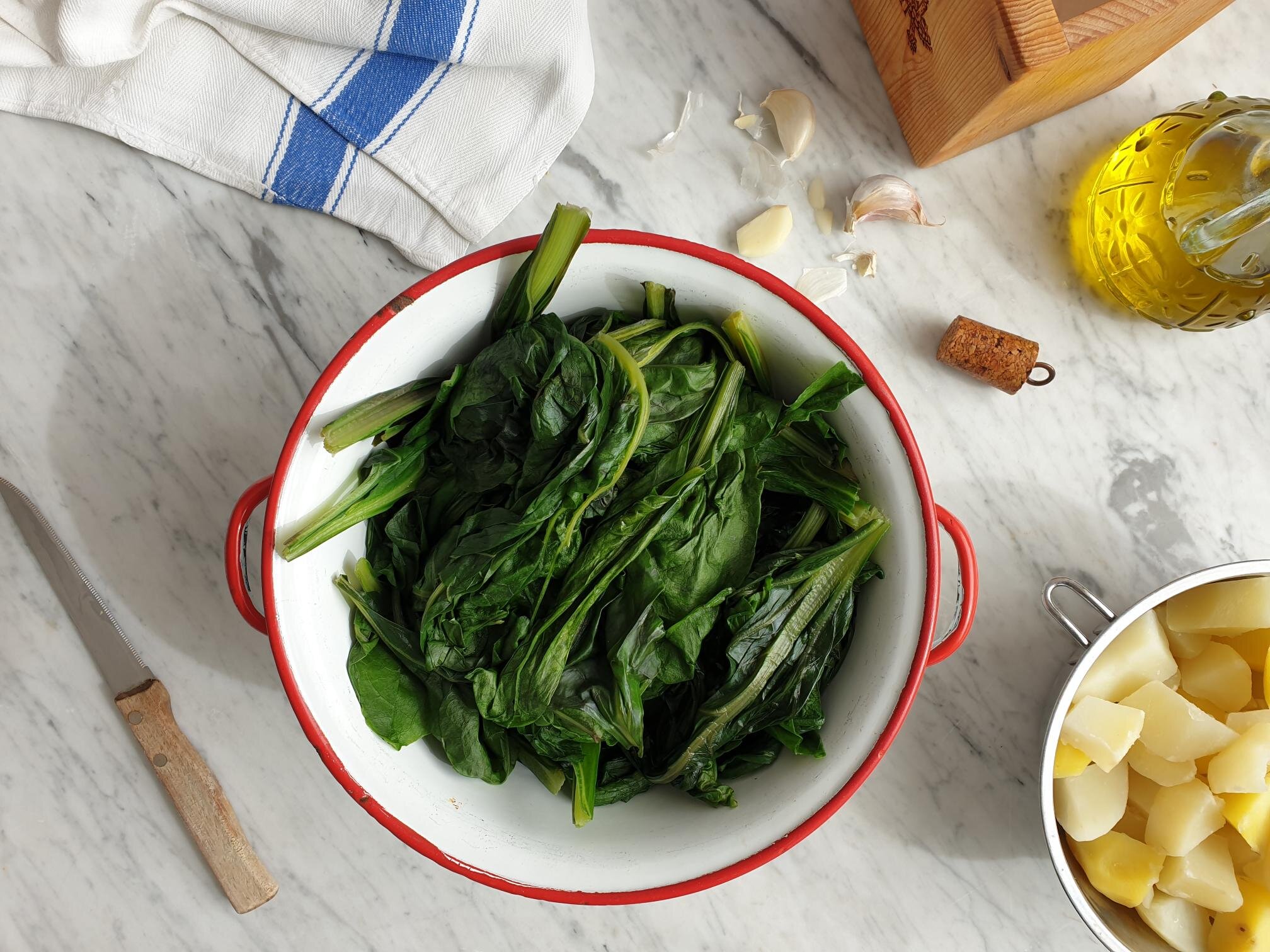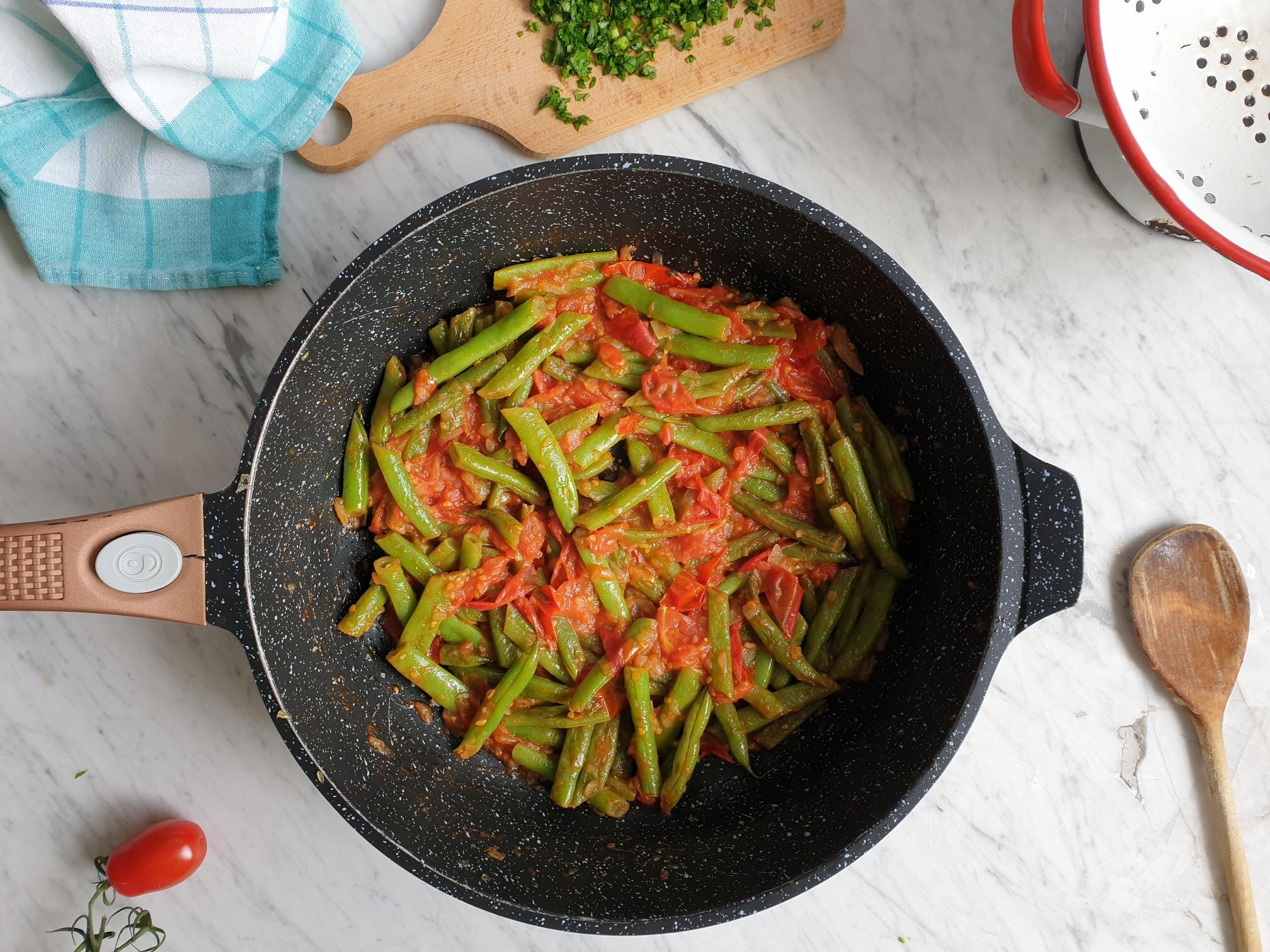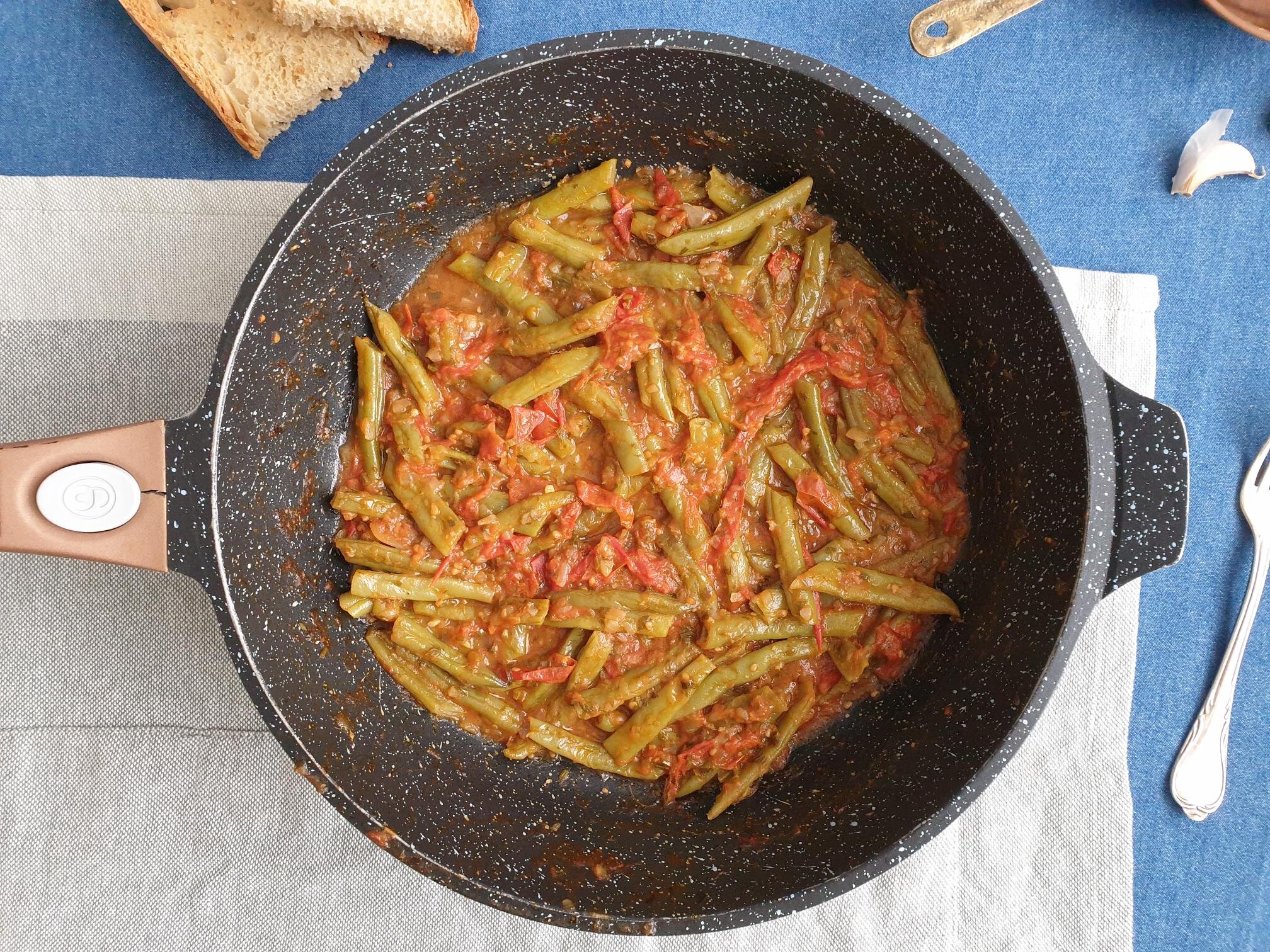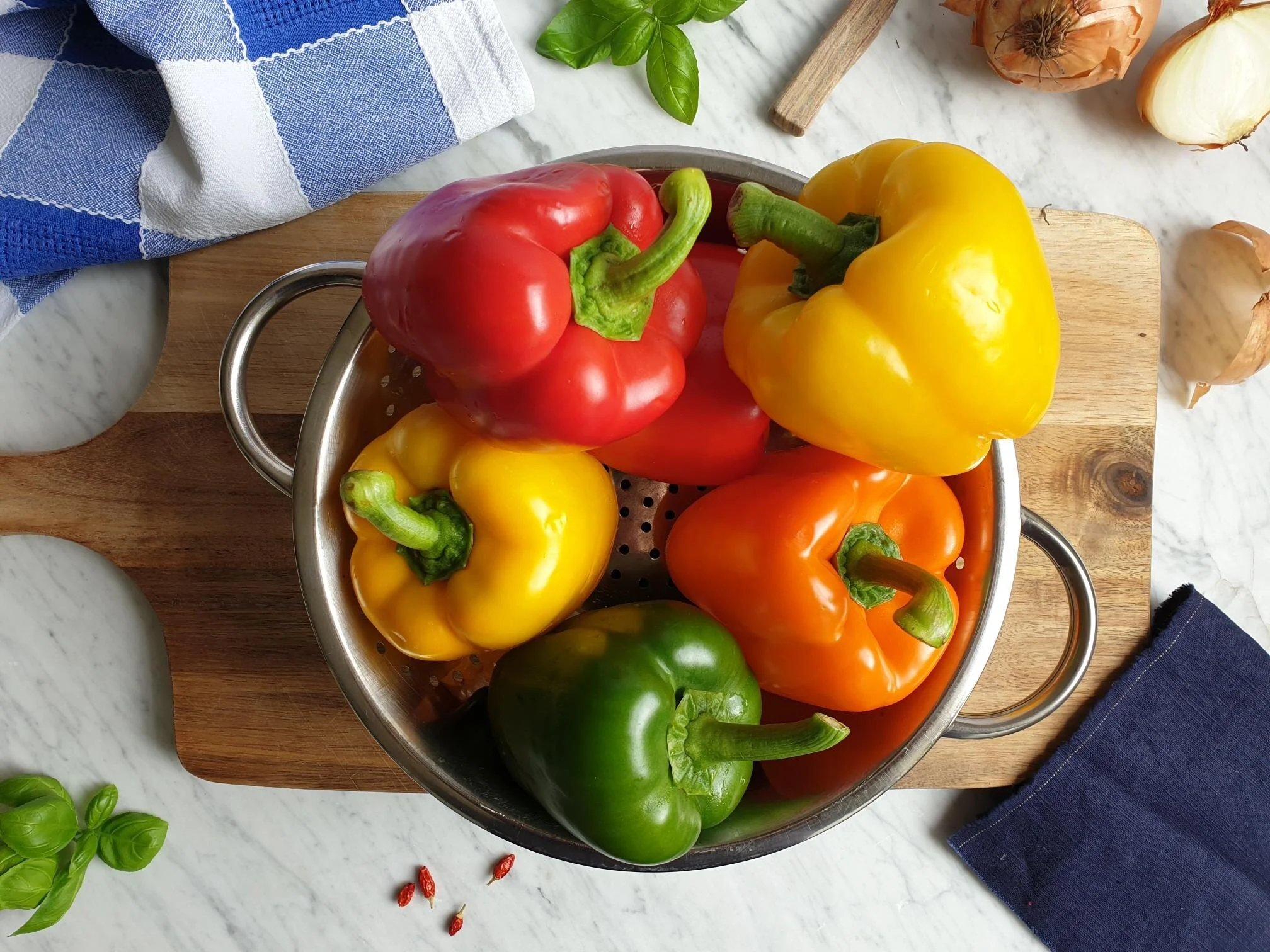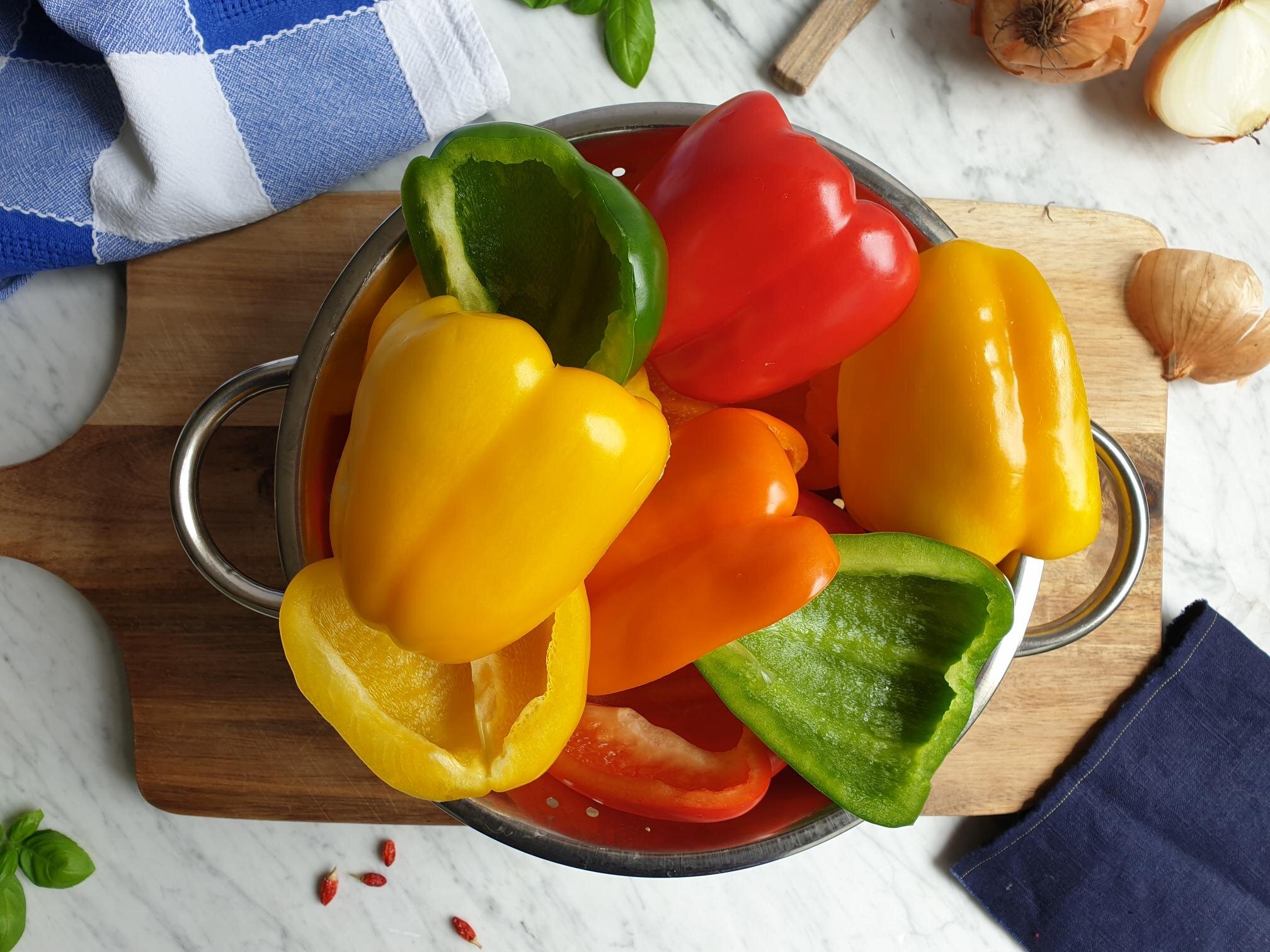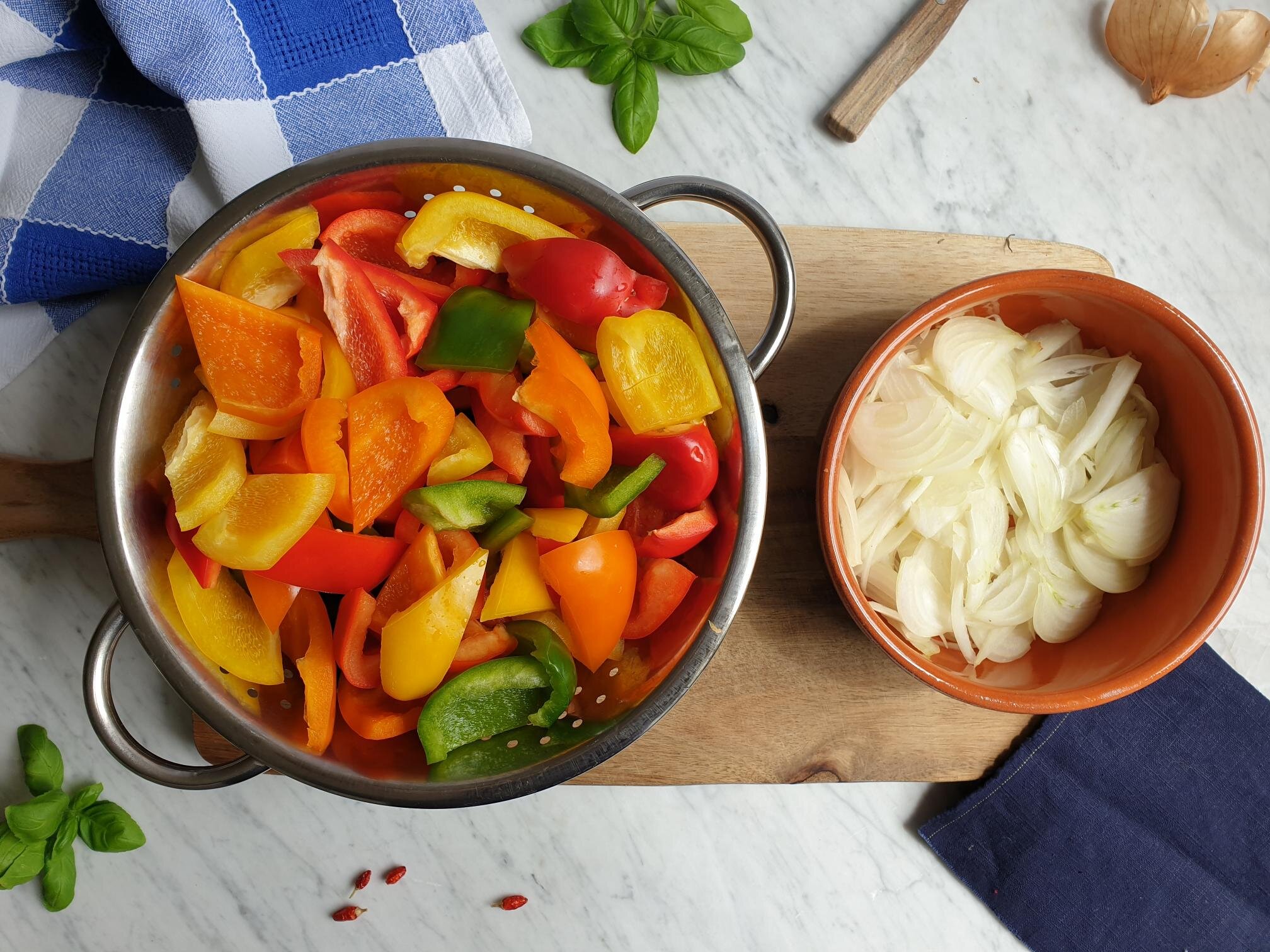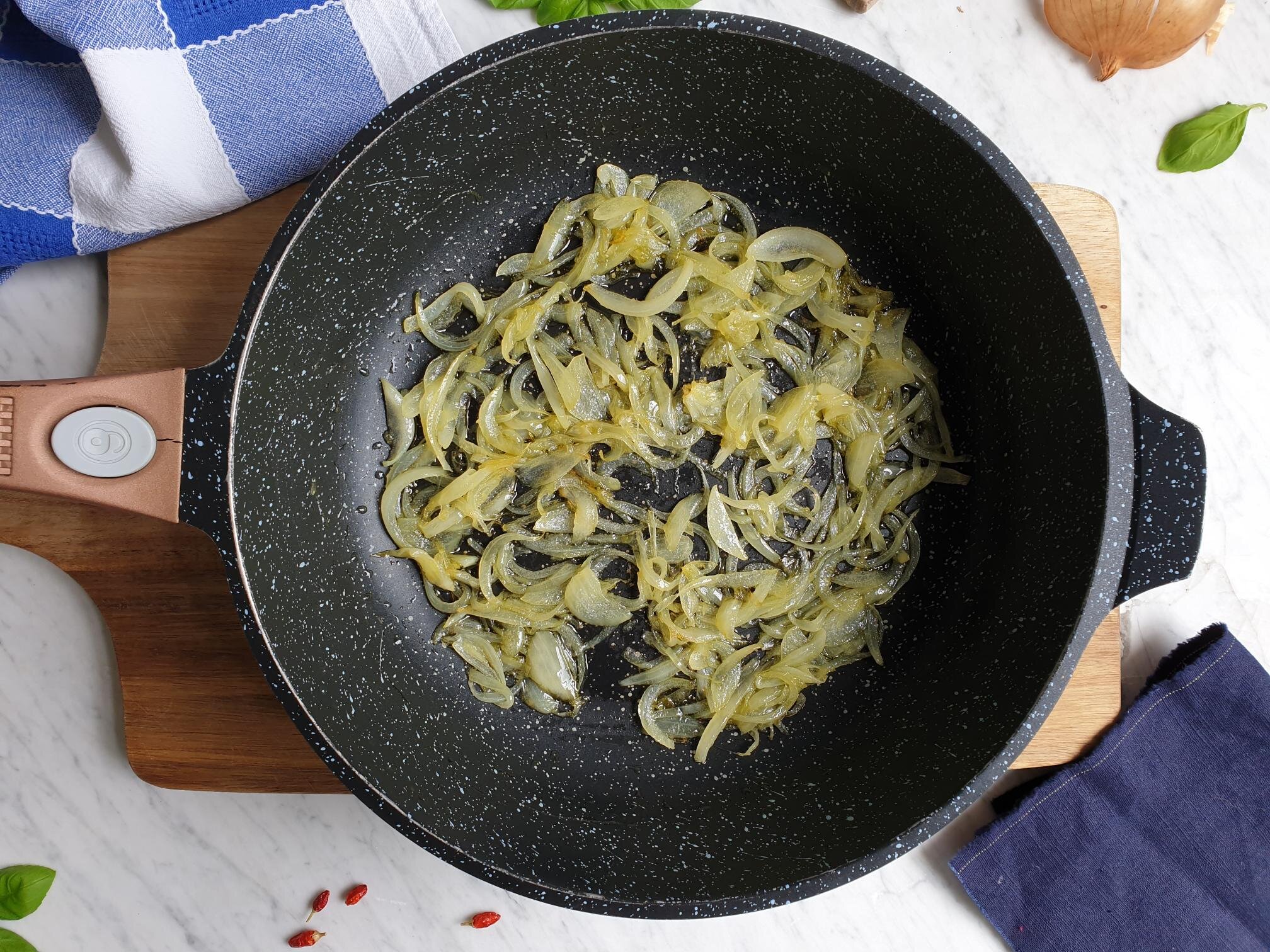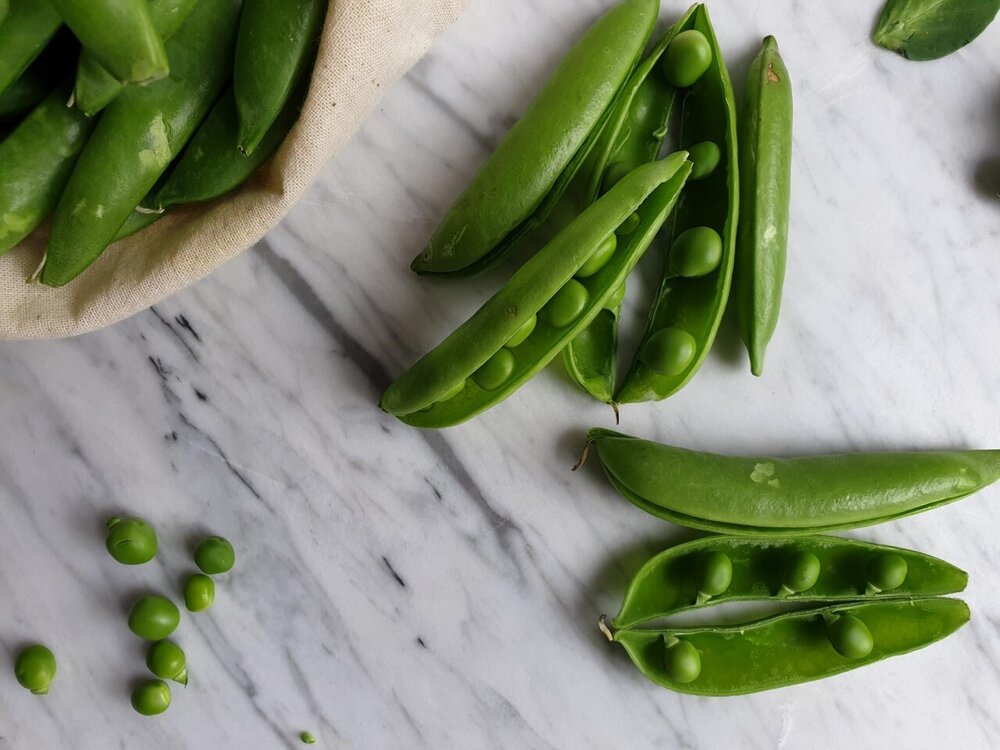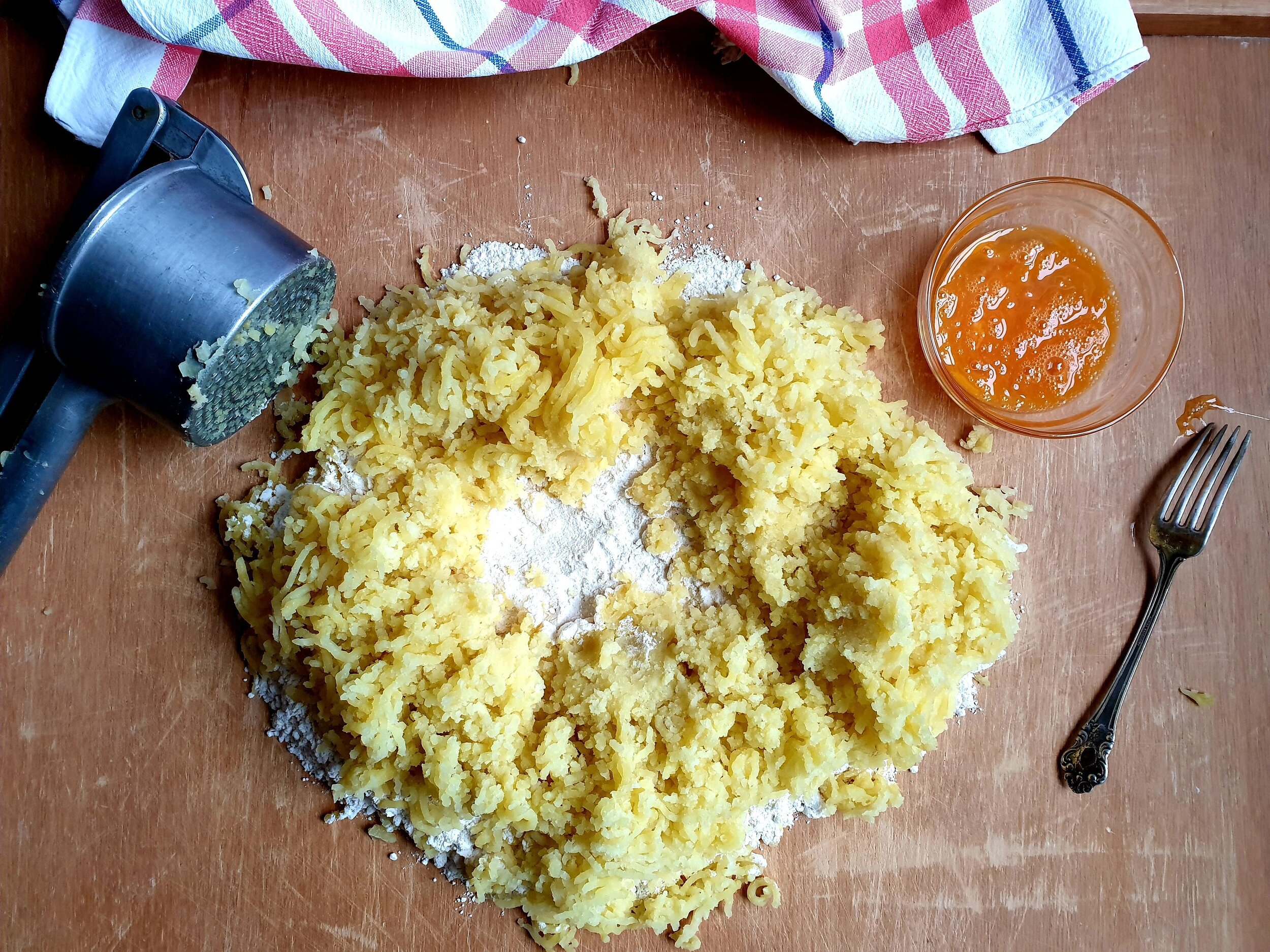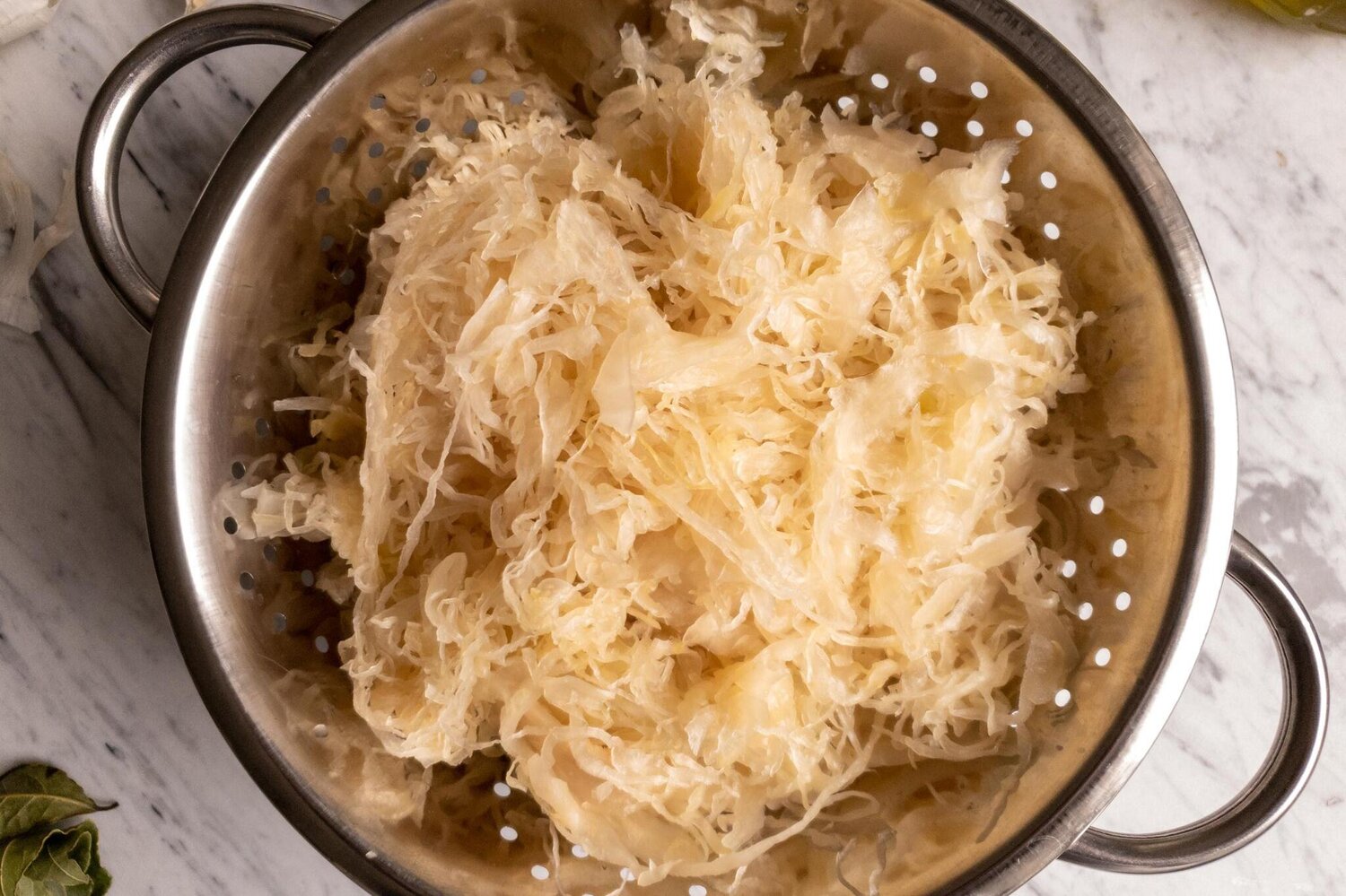Green Beans simple salad Recipe
This Green Bean salad is one of the quickest side dishes you can prepare using only four ingredients. It is incredibly simple to make, as the beans, after being cooked and still warm get tossed in delicious extra virgin olive oil and sliced garlic.
This salad, using fresh green beans, when they are in season, is an excellent choice to accompany almost any meat or fish dish.
In this recipe I slice the garlic, since this allows the option to remove it easily if someone would only like a hint of garlic flavour without a stronger one, even though traditionally the garlic is very finely chopped.
Best served still warm or at room temperature and in the summer is very refreshing dish taken out of the fridge.
This side dish is a perfect example of simplicity at its best and it has been with me as long as I can remember.
I am sharing here how it has been prepared in my family.
Ingredients
Serves 4 as part of meal
500g fresh green beans
3 Tbsp extra virgin olive oil (the best you can afford)
1 Tbsp red or white wine vinegar (can use balsamic vinegar)
1 clove of garlic(peeled and crushed or very finely sliced or chopped) You can replace garlic with finely sliced onion.
Method
Trim the stalk ends off the beans, place them in a colander and wash well with cold running water.
Place the beans in a pan with boiling unsalted water and cook the beans for about 15 minutes or just until al dente (tender but still with a bit of bite).
Drain well and place the beans in a large bowl. Add a pinch of sea salt, extra virgin olive oil, sliced, chopped or crushed garlic and toss well. Taste and adjust the seasoning.
Serve and enjoy!








